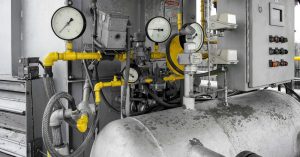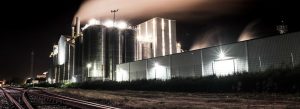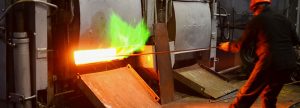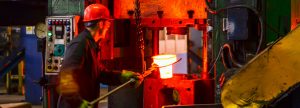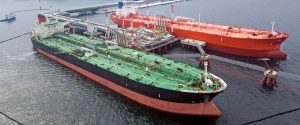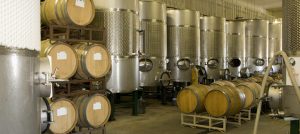Pressure Dew Point in Compressed Air: What Is It and How to Measure It
The generation of compressed air used in industrial processes like heat generation, cooling, and tool operations produces significant amounts of water vapor. This inevitable by-product generated during air compression might be harmless in small quantities, but an unchecked accumulation of water vapor can damage sensitive industrial equipment or even alter the quality of finished products. […]

